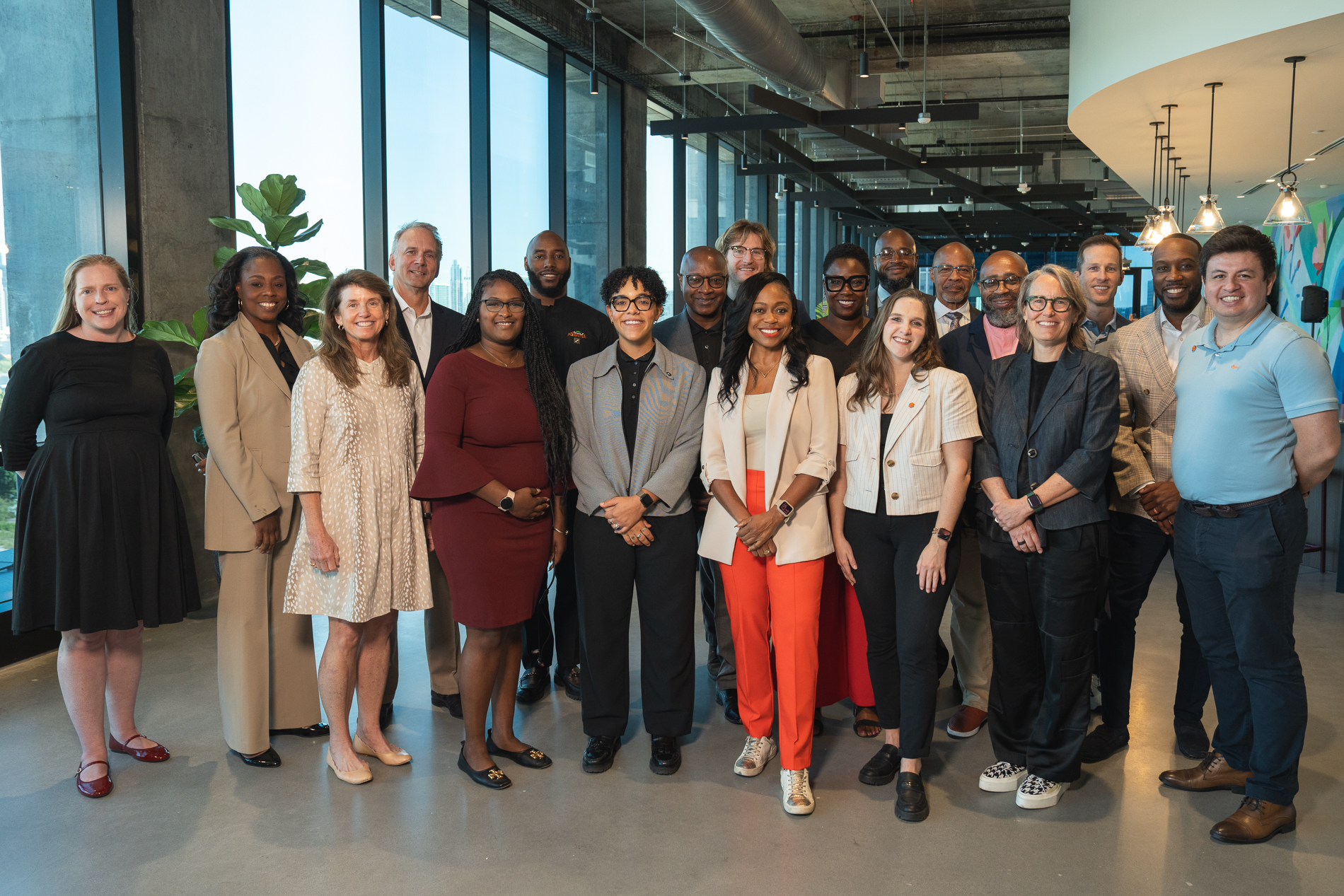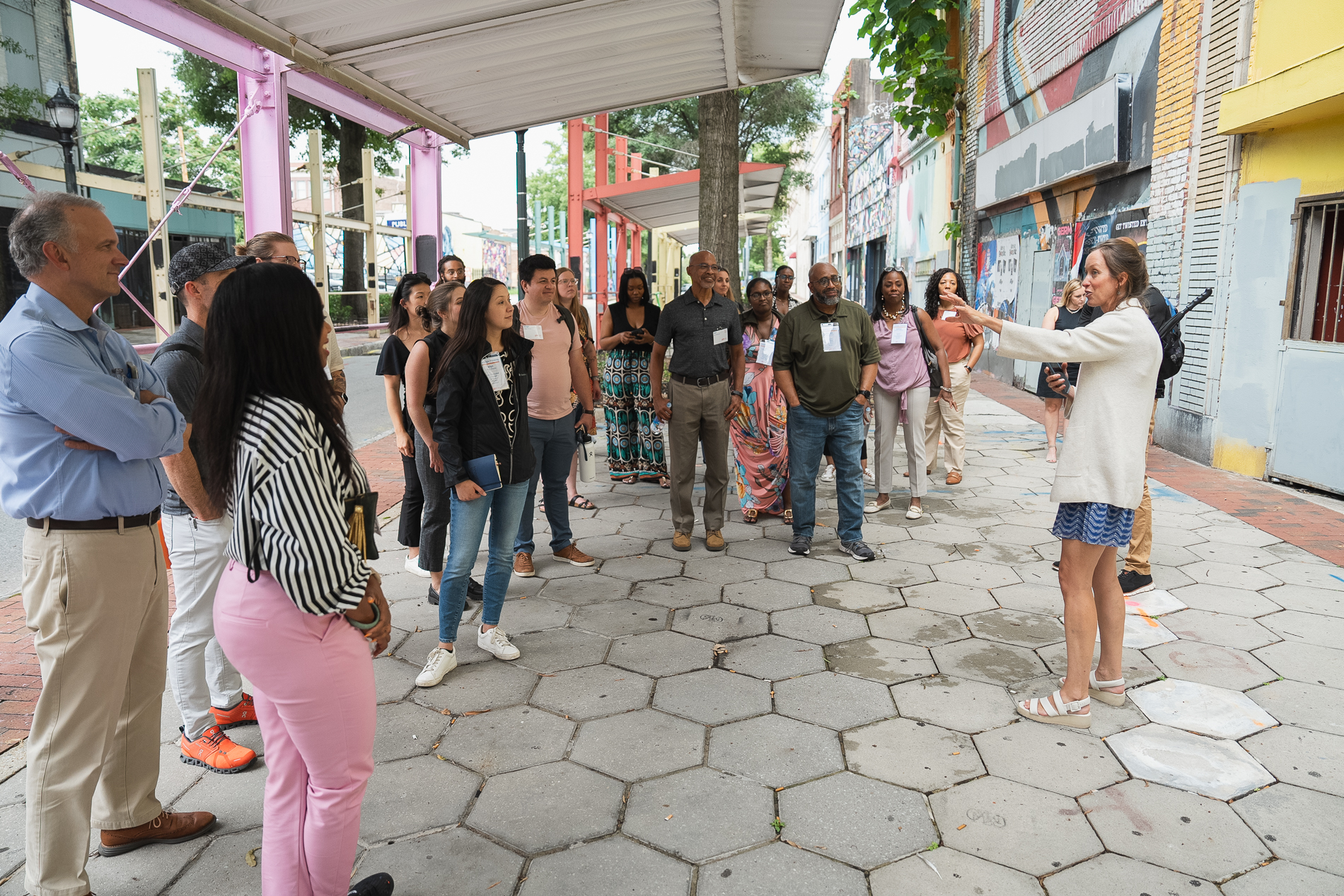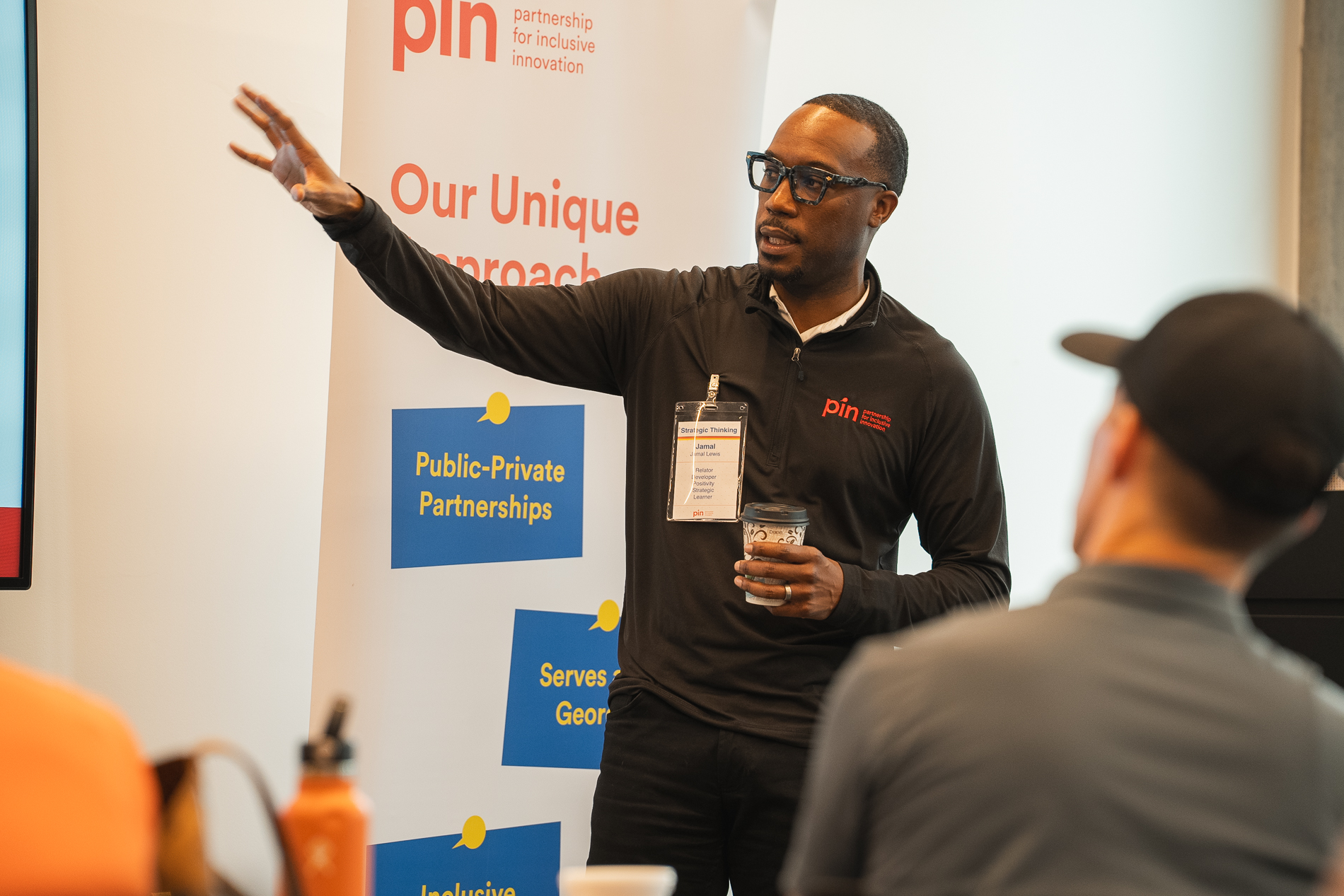By Jamal Lewis
Too often, smaller communities, including semi-rural and rural areas, are left out of the conversation about tech innovation. While larger cities have traditionally been at the forefront of technological advancement and economic growth, smaller communities possess untapped potential that, in recent years, remote work has amplified tenfold. The rise of remote work has shifted the landscape, creating new opportunities for smaller communities to participate in the tech economy and generate prosperity. There is now a growing interest in empowering these communities to build tech-based ecosystems that nurture innovation and provide pathways to economic growth.
A Shift in Population Trends
For decades, rural areas experienced a steady decline in population as residents moved to larger urban centers in search of better job prospects, access to technology, and modern amenities. However, the COVID-19 pandemic led to a new trend in corporate America: the rise of remote work. As the concept of remote work became more common, rural communities experienced a surge in migration, reversing decades of population decline. According to the latest Census Bureau population estimates, migration patterns show that while the movement out of large metro areas has remained high, migration into the smallest metro areas and rural counties has risen significantly. In fact, migration into these areas was nearly double that of pre-pandemic levels, signaling a shift in how people view the benefits of rural living.
This influx of new residents, combined with the rise of remote work, presents an exciting opportunity for innovation. Smaller communities now have access to an innovative workforce that can participate in the global economy, while positively impacting their local economies, bringing new ideas, diverse perspectives, and a wealth of skills to drive technological growth. The ability to work remotely from anywhere in the country is helping to level the playing field, allowing people in these areas to collaborate on tech solutions, build startups, and tap into the digital economy. These communities, once limited by geography, now find themselves poised to participate in – and benefit from – the ever-growing tech sector.
Building Ecosystems from the Ground Up
 Creating a thriving tech ecosystem in smaller communities, however, requires more than just the migration of talent. It demands a community-centered approach to building infrastructure, fostering collaboration, and creating opportunities for local innovation. This is where the Partnership for Inclusive Innovation (Partnership) comes in. Launched in 2020, the Partnership recognizes that addressing these challenges requires coordinated, long-term solutions that create value for everyone involved. By bringing together public institutions, private enterprises – from startups to Fortune 500 companies – nonprofit organizations, and academia, the Partnership fosters innovation and prosperity in communities of all sizes.
Creating a thriving tech ecosystem in smaller communities, however, requires more than just the migration of talent. It demands a community-centered approach to building infrastructure, fostering collaboration, and creating opportunities for local innovation. This is where the Partnership for Inclusive Innovation (Partnership) comes in. Launched in 2020, the Partnership recognizes that addressing these challenges requires coordinated, long-term solutions that create value for everyone involved. By bringing together public institutions, private enterprises – from startups to Fortune 500 companies – nonprofit organizations, and academia, the Partnership fosters innovation and prosperity in communities of all sizes.
At the core of the Partnership’s mission is a commitment to inclusivity. We aim to unlock the potential of communities and innovators who have traditionally been excluded and activate the next generation of leaders. As such, our Leaders Program was created to foster inclusive entrepreneurial ecosystem building and tech-based economic development across small, mid-sized, and rural communities in the southeastern United States. Through a unique public-private-civic collaboration model, the program helps communities address the challenges of building sustainable ecosystems and offers guidance on leveraging existing economic development resources while bridging gaps in support.

This year, four teams took part in the seven-month pilot program, each working to foster innovation and economic growth in unique ways. In Albany, Georgia, the focus is on cultivating a vibrant entrepreneurial ecosystem through the upcoming Launch Room, an innovation center set to open in 2025. This space will provide early-stage entrepreneurs with collaboration opportunities, resources, and support to transform their ideas into thriving businesses.
 In Montgomery, Alabama, the initiative aims to boost entrepreneurship by enhancing the Small Business One-Stop Shop (SBOSS). SBOSS serves as a hub offering tools, resources, and social capital to help small businesses sustain and grow, creating a more resilient local economy. Meanwhile, Thomasville, Georgia, is tackling the critical need for capital in economically disadvantaged communities. The Invest Thomasville (InvestTVL) project seeks to grow a locally owned community development financial institution (CDFI), expanding access to funding for under-resourced entrepreneurs and driving economic development in the area.
In Montgomery, Alabama, the initiative aims to boost entrepreneurship by enhancing the Small Business One-Stop Shop (SBOSS). SBOSS serves as a hub offering tools, resources, and social capital to help small businesses sustain and grow, creating a more resilient local economy. Meanwhile, Thomasville, Georgia, is tackling the critical need for capital in economically disadvantaged communities. The Invest Thomasville (InvestTVL) project seeks to grow a locally owned community development financial institution (CDFI), expanding access to funding for under-resourced entrepreneurs and driving economic development in the area.
A particularly powerful example of collaboration in action is the joint effort between Tennessee and Kentucky. Stakeholders from both states are working together to unlock the potential of underserved universities, including Historically Black Colleges and Universities (HBCUs) and rural serving institutions, through the creation of centralized state technology transfer offices in each state. These offices are designed to provide commercialization resources and support to innovators across both states, helping to bring their ideas to market and create more entrepreneurs and jobs. By combining their efforts and sharing their resources, Kentucky and Tennessee are creating a more inclusive innovation ecosystem that empowers local communities to thrive in the tech economy.
To help smaller communities capitalize on the opportunities for innovation, here are a few tips:
- Map Existing Resources: Every community has untapped potential. Start by mapping out the resources you already have at your disposal: universities, local businesses, research hubs, community programs, funding institutions, and emerging talent. Take inventory of these assets to understand what’s working in your favor. This isn’t just about identifying what’s there, but also recognizing the potential waiting to be leveraged.
- Identify the Gaps: Building a thriving tech ecosystem isn’t just about recognizing strengths – it’s about confronting the gaps head-on. Ask: where are the opportunities for collaboration and growth? Is there a lack of access to funding, a pipeline for skilled talent, or mentorship? Are key players in the ecosystem disconnected? Identifying these gaps will ensure that every piece of the puzzle is in place for long-term success.
- Address the Gaps: Actively seek out innovative solutions that can bridge the divide, leveraging your existing resources and engaging new stakeholders. Whether that means creating local funding initiatives or establishing training programs to develop in-demand skills, addressing these gaps isn’t just about filling a void; it’s about creating a ripple effect that propels your community forward.
- Engage Key Partners: A strong ecosystem is built on collaboration, not isolation. To drive growth, you need to rally the right partners, whether that’s local government, universities, tech companies, or community organizations. Think beyond traditional social and geographical boundaries and forge alliances with those who can bring something new to the table. These partnerships will be your greatest asset, providing the mentorship, resources, and expertise needed to elevate your community’s tech ecosystem.
- Empower Local Innovators: The heart of any thriving tech ecosystem lies in its innovators – entrepreneurs, students, and community leaders who hold the key to true transformation. However, true empowerment means being intentional about inclusivity. It’s not just about tapping into obvious pipelines; it’s about actively creating space at the table for the groups often overlooked and ensuring these groups benefit from the outcomes. Make sure they have the tools, support, and networks they need to succeed. When everyone is empowered to lead, the whole ecosystem flourishes.
The future of tech innovation is not confined to big cities – it’s a movement that can thrive wherever talent, collaboration, and opportunity intersect. In fact, bridging the rural-urban divide and building a tech-driven economy in smaller communities is not only possible but essential for long-term prosperity. When communities come together to harness their strengths, the possibilities for growth are endless.
Jamal Lewis is Opportunity Manager of the Partnership for Inclusive Innovation



